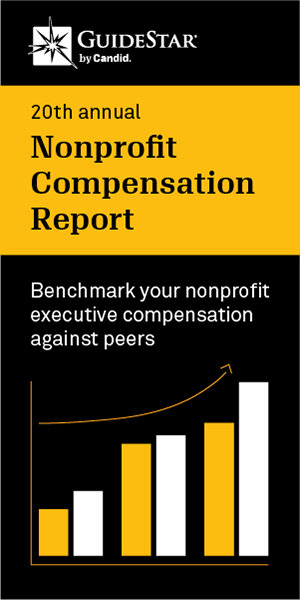Ford Foundation

Mission: To reduce poverty and injustice, strengthen democratic values, promote international cooperation, and advance human achievement.
Background: Established in 1936 with an initial gift of $25,000 from Edsel Ford, the only son of Henry Ford, the Ford Foundation originally was based in Michigan and focused on using its resources "for scientific, educational, and charitable purposes [that advance] the public welfare." A 1949 report commissioned by Henry Ford II, Edsel's eldest son, and prepared by a blue-ribbon panel led by H. Rowan Gaither recommended that the foundation become a national and international philanthropy dedicated to the advancement of human welfare and the promotion of democratic values, peace, and educational opportunity. Under the leadership of Henry Ford II, the foundation moved its headquarters to New York City in 1953 and, over the following decades, created or supported thousands of institutions that became central to social progress, including Human Rights Watch, the Mexican American Legal Defense and Educational Fund, Children's Television Workshop, National Public Radio, the Local Initiatives Support Corporation, the Police Foundation, the Native American Rights Fund, and the National Organization for Women's Legal Defense and Education Fund. Today, the foundation has ten regional offices around the world and programs in more than fifty countries. In 2015, the foundation's tenth president, Darren Walker, announced that, under its new FordForward strategy, the foundation planned to refocus its grantmaking on inequality, in all its forms and, to that end, will direct 100 percent of its funding and influence to address financial, racial, gender, and other inequities.
Outstanding Web Features: Re-launched in early November, the Ford Foundation website offers a variety of new features, including an updated homepage featuring a flexible assortment of "quick-search" info tiles that showcase content from the foundation's Equals Change blog, the latest news from and about the foundation, job openings at the foundation, and more. From the home page, visitors to the site also can learn more about how the foundation is challenging inequality through its program work and in various regions of the world; read thought pieces by social sector leaders within and outside the foundation; and meet the program officers behind the foundation's grantmaking. Visitors also can access a searchable database of the foundation's grants, download all grants made by the foundation since 2006, and/or view the foundation's 2015 grantmaking by initiative or originating office; learn more about the foundation's commitment to building a culture of learning and sharing through its International and Art of Change fellowship progams; access archived materials, including governance documents, speeches, and videos and other multimedia, in the site's library; and follow the foundation on Twitter and Instagram.





